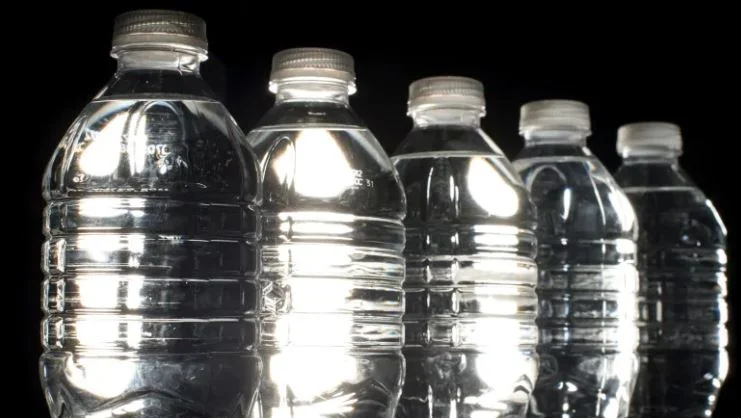About half of the 4,800 residents in the eastern Ohio town of East Palestine and those in the surrounding area, including parts of Pennsylvania, had to evacuate as officials monitored air and water quality following a controlled burn of chemicals released from damaged tank cars. The evacuation order was lifted Wednesday after the air was deemed safe.
Are there toxic chemicals in B.C.'s drinking water? A UBC professor plans to find out
A UBC expert on PFAS — also known as forever chemicals — has applied to do research on how much of the toxic substances lurk in B.C.’s drinking water. Exposure to the chemicals, which are widely used in rain gear and non-stick cookware, have been shown to have a wide range of health impacts, including immune suppression, cancer, and cardiovascular disease, said Rachel Scholes, an assistant professor in UBC’s department of civil engineering.
Feds must protect Albertans from tailing ponds pollution
J. Paul Getty, the famous 20th-century American oil and gas tycoon, once noted: “If you owe the bank $100, that’s your problem. If you owe the bank $100 million, that’s the bank’s problem.” That’s the sort of conundrum facing Albertans right now when it comes to the massive tailings ponds created by the province’s oilsands companies. Those ponds contain approximately 1.4 trillion litres of water, the equivalent of more than 560,000 Olympic-sized swimming pools, and it’s about to come rushing down the Athabasca River — one way or another.
Study sheds light on human consumption of microplastics
The study found that a person's average microplastic consumption — based on those food items previously analyzed — would likely be somewhere between 70,000 and 121,000 particles per year. While younger girls were at the lower end of the spectrum, adult men were at the high end. People who consume a lot of bottled water could see that number jump by up to 100,000 particles per year.





